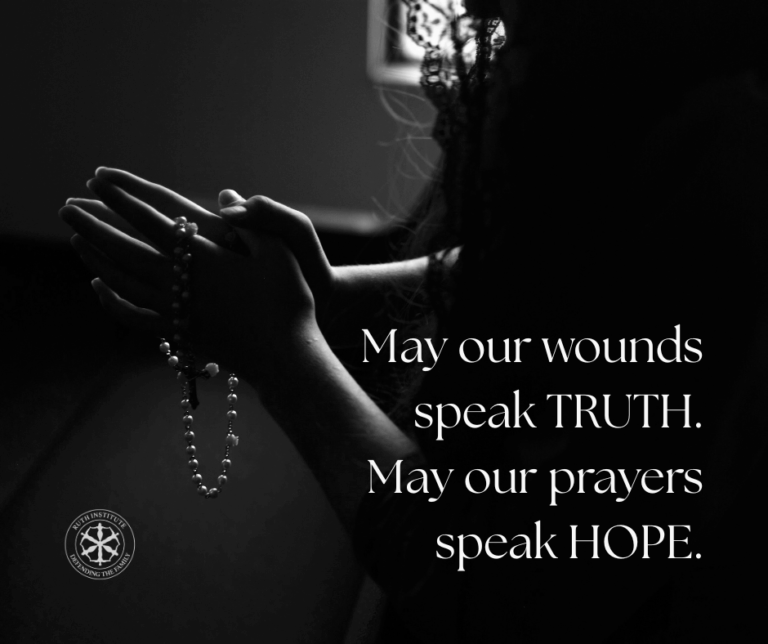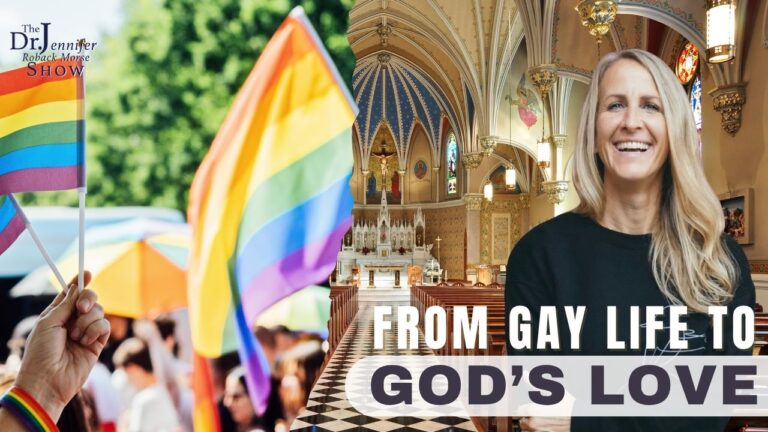by Dr. Jennifer Roback Morse April 11, 2025 at The Stream

Yesterday, I explained the crucially important religious liberty case that’s soon to be heard by the U.S. Supreme Court, Chiles v. Salazar. That case is a challenge a Christian counselor is bringing over a Colorado law which codifies the radical theories of the LGBTQ lobby as accepted “science,” and bans therapists from helping clients who wish to change their sexual orientation — with no exemptions for conscience or religious liberty.
The Colorado law — like those passed in other deep-blue states — is based on a theory of human sexuality on which the LGBTQ movement has spent many years and hundreds of millions of dollars, not to mention vast cultural coercion, in order to impose it as the “scientific consensus.” But that theory is a recent, unproven, and deeply flawed model generated by a political movement, not the result of unbiased research.
Science and Scripture Agree: Sexual Orientation Is Not an Immutable Trait
The “born gay” theory does not reflect the best, most recent scientific evidence.
In 2019, an important study was published in the authoritative journal Nature, showing definitively that there is no “gay gene” — or even a combination of genes that produces homosexuality. Additionally, numerous studies of identical twins cast serious doubt on the “born gay” theory. This body of scientific work is consistent with the Christian worldview.
The Christian tradition holds that every person is born with Original Sin. This includes a serious tendency to commit personal sins of all kinds. But God doesn’t “make people gay,” as if this particular set of temptations were an intrinsic part of a person’s identity. Rather, it explicitly says that homosexuality is a sin (Genesis 19:1–11; Leviticus 18:22, 20:13; (1 Corinthians 6:9–10; 1 Timothy 1:10; and Romans 1:26–27). It also explicitly states that the salvific work of Jesus and the Holy Spirit can set anyone free from this sin and transform them from the inside out (1 Corinthians 6:11).
So if people aren’t “born gay,” why do some people develop persistent same-sex attraction and others do not?
The Pathway to Gay
Growing from boyhood to mature manhood, or from girlhood to mature womanhood, is a developmental task. Something happens to disrupt the developmental path. Recurring patterns observed among many people with persistent same-sex attraction include:



